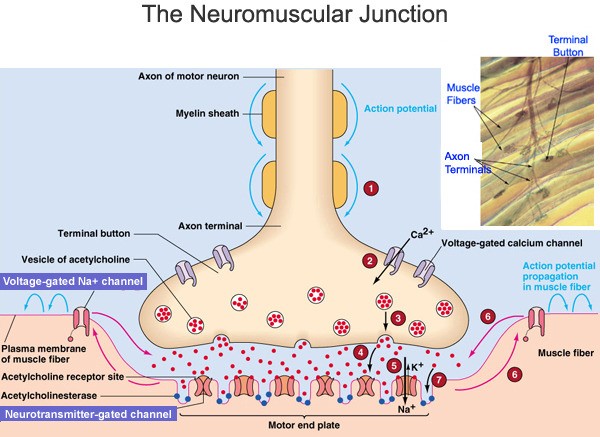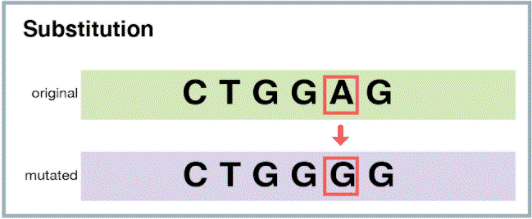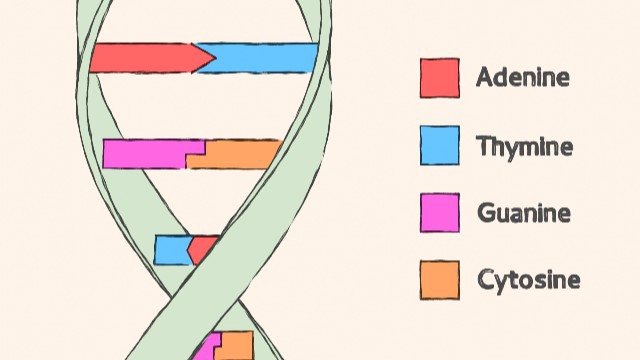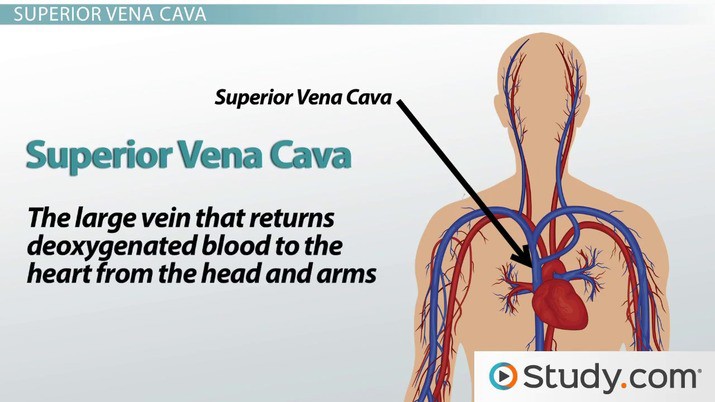What is the relationship between viruses and their host cells during replication?
A. Viruses use the host’s replication processes to produce progeny virus particles.
B. Viruses divide inside the host cell to produce progeny virus particles.
C. Viruses have their own replication processes and do not need the host cell.
D. Viruses infect the host cell and destroy it completely.
For those aiming to excel in their ATI TEAS test and secure admission into their desired nursing program, ExamGates offers an invaluable resource. Our platform features practice questions meticulously crafted by tutors who have previously aced the exam themselves. With ExamGates, you can access content that is 100% relevant to the test, accompanied by vivid images and illustrations. Additionally, our platform provides comprehensive explanations for both correct and incorrect answers, empowering you to fully grasp the material and optimize your study efforts. Take the first step towards your nursing aspirations with ExamGates today.
Viruses use the host’s replication processes to produce progeny virus particles.
Viruses are obligate intracellular parasites, meaning that they require a host cell to replicate.
They hijack the host cell’s machinery to produce new virus particles.
 |
Choice B is incorrect because viruses do not divide inside the host cell.
Instead, they use the host cell’s machinery to produce new virus particles.
Choice C is incorrect because viruses do not have their own replication processes and rely on the host cell for replication.
Choice D is incorrect because while some viruses may destroy the host cell during replication, this is not always the case and is not the primary relationship between viruses and their host cells during replication.
Therefore, the Correct Answer is A.
More Questions on TEAS 7 Science Test 4
Question 1:
What is the function of the neuromuscular junction?
A. To connect muscle fibers to motor neurons
B. To bind acetylcholine to nAChRs
C. To depolarize the muscle cell membrane D.
D. To activate voltage-gated sodium channels on the muscle membrane .
The Correct Answer is A.The neuromuscular junction is a type of synapse where neuronal signals from the brain or spinal cord interact with skeletal muscle fibers, causing them to contract.

The activation of many muscle fibers together causes muscles to contract, which in turn can produce movement.
Choice B is incorrect because binding acetylcholine to nAChRs is a process that occurs at the neuromuscular junction, but it is not the function of the neuromuscular junction itself.
Choice C is incorrect because depolarizing the muscle cell membrane is a result of the function of the neuromuscular junction, but it is not the function itself.
Choice D is incorrect because activating voltage-gated sodium channels on the muscle membrane is a result of the function of the neuromuscular junction, but it is not the function itself.
Question 2:
A nurse is reviewing the results of a patient’s DNA sequencing test, which was performed to diagnose a genetic disorder.
The nurse notices that the patient has a mutation in one of the bases of the DNA. Which of the following is the correct term for this type of mutation?
A. Deletion
B. Insertion
C. Substitution
D. Inversion
The Correct Answer is C.The correct answer is choice C. Substitution.
A substitution mutation is a type of point mutation where one base in the DNA sequence is replaced by another base.
 |
Choice A is incorrect because a deletion mutation occurs when one or more bases are removed from the DNA sequence.
Choice B is incorrect because an insertion mutation occurs when one or more bases are added to the DNA sequence.
Choice D is incorrect because an inversion mutation occurs when a segment of DNA is reversed within the chromosome.
Question 3:
What is hydrogen bonding?
A. The attraction between the relatively positive areas of one molecule and the relatively negative areas of another molecule.
B. The repulsion between the positive and negative charges of two molecules.
C. The attraction between two nonpolar molecules.
D. The attraction between two ionic molecules.
The Correct Answer is A.Hydrogen bonding is an interaction involving a hydrogen atom located between a pair of other atoms having a high affinity for electrons.
 |
One atom of the pair (the donor), generally a fluorine, nitrogen, or oxygen atom, is covalently bonded to a hydrogen atom, whose electrons it shares unequally; its high electron affinity causes the hydrogen to take on a slight positive charge.
The other atom of the pair (the acceptor), also typically F, N, or O, has an unshared electron pair, which gives it a slight negative charge.
Mainly through electrostatic attraction, the donor atom effectively shares its hydrogen with the acceptor atom, forming a bond.
Choice B) The repulsion between the positive and negative charges of two molecules is incorrect because hydrogen bonding involves attraction, not repulsion.
Choice C) The attraction between two nonpolar molecules is incorrect because hydrogen bonding involves polar molecules.
Choice D) The attraction between two ionic molecules is incorrect because hydrogen bonding involves polar molecules and not ionic molecules.
Question 4:
What is the relationship between viruses and their host cells during replication?
A. Viruses use the host’s replication processes to produce progeny virus particles.
B. Viruses divide inside the host cell to produce progeny virus particles.
C. Viruses have their own replication processes and do not need the host cell.
D. Viruses infect the host cell and destroy it completely.
The Correct Answer is A.Viruses use the host’s replication processes to produce progeny virus particles.
Viruses are obligate intracellular parasites, meaning that they require a host cell to replicate.
They hijack the host cell’s machinery to produce new virus particles.
 |
Choice B is incorrect because viruses do not divide inside the host cell.
Instead, they use the host cell’s machinery to produce new virus particles.
Choice C is incorrect because viruses do not have their own replication processes and rely on the host cell for replication.
Choice D is incorrect because while some viruses may destroy the host cell during replication, this is not always the case and is not the primary relationship between viruses and their host cells during replication.
Question 5:
What is a primer in DNA sequencing?
A. A short piece of double-stranded DNA that binds to the template DNA and acts as a "starter" for the polymerase.
B. A short piece of double-stranded DNA that binds to the primer and acts as a "starter" for the template.
C. A short piece of single-stranded DNA that binds to the template DNA and acts as a "starter" for the polymerase.
D. A short piece of single-stranded DNA that binds to the polymerase and acts as a "starter" for the template.
The Correct Answer is C.A primer is a short single-stranded DNA fragment used in certain laboratory techniques, such as the polymerase chain reaction (PCR).
In the PCR method, a pair of primers hybridizes with the sample DNA and defines the region that will be amplified.

Choice A) A short piece of double-stranded DNA that binds to the template DNA and acts as a “starter” for the polymerase is incorrect because primers are single-stranded, not double-stranded.
Choice B) A short piece of double-stranded DNA that binds to the primer and acts as a “starter” for the template is incorrect because it does not make sense for a primer to bind to itself.
Choice D) A short piece of single-stranded DNA that binds to the polymerase and acts as a “starter” for the template is incorrect because primers bind to the template DNA, not to the polymerase.
Note: DNA primers are used instead of RNA primers in DNA sequencing and PCR because DNA is more stable, specific, and compatible with the enzymes and processes involved in these techniques.
Question 6:
Which factor is primarily responsible for the movement of water across cell membranes in osmosis?
A. Hydrostatic pressure of the solution.
B. Concentration of solute particles in the solution.
C. Temperature of the solution.
D. Kinetic energy of liquid water molecules .
The Correct Answer is B.Concentration of solute particles in the solution.
Osmosis is the movement of water across a semipermeable membrane from an area of lower solute concentration to an area of higher solute concentration.

The concentration of solute particles in the solution is the primary factor that determines the movement of water across cell membranes in osmosis.
Hydrostatic pressure (choice A) can affect the movement of water across cell membranes but is not the primary factor responsible for osmosis.
Temperature (choice C) can affect the rate of osmosis but is not the primary factor responsible for osmosis.
Kinetic energy of liquid water molecules (choice D) can affect the rate of osmosis but is not the primary factor responsible for osmosis.
Question 7:
What are the four nucleotide bases found in DNA?
A. Adenine, Thymine, Cytosine, Guanine.
B. Adenine, Thymidine, Cytidine, Guanine.
C. Adenosine, Thymine, Cytosine, Guanosine.
D. Adenosine, Thymidine, Cytidine, Guanosine.
The Correct Answer is A.These are the four nucleotide bases found in DNA1.

Choice B) Adenine, Thymidine, Cytidine, Guanine is incorrect because Thymidine and Cytidine are not nucleotide bases found in DNA.
Choice C) Adenosine, Thymine, Cytosine, Guanosine is incorrect because Adenosine and Guanosine are not nucleotide bases found in DNA.
Choice D) Adenosine, Thymidine, Cytidine, Guanosine is incorrect because Adenosine, Thymidine and Cytidine are not nucleotide bases found in DNA.
Question 8:
A patient with chronic kidney disease is at risk for developing which of the following electrolyte imbalances?
A. Decrease in the concentration of calcium in the glomerulus.
B. Increase in the concentration of potassium in the blood.
C. Decrease in the concentration of sodium in the blood.
D. Increase in the concentration of magnesium in the blood.
The Correct Answer is B.The correct answer is choice B.
A patient with chronic kidney disease is at risk for developing an increase in the concentration of potassium in the blood.
The kidneys play a pivotal role in the regulation of electrolyte balance.
With progressive loss of kidney function, derangements in electrolytes inevitably occur and contribute to poor patient outcomes123.
Choice A is incorrect because calcium concentration is not regulated in the glomerulus.
Choice C is incorrect because chronic kidney disease can result in either an increase or decrease in sodium concentration in the blood.
Choice D is incorrect because chronic kidney disease does not necessarily result in an increase in magnesium concentration in the blood.
Question 9:
What is the largest vein in the human body that returns deoxygenated blood from the upper half of the body to the right atrium of the heart?
A. Superior vena cava.
B. Inferior vena cava.
C. Pulmonary vein.
D. Renal vein.
The Correct Answer is A.The correct answer is choice A.
The superior vena cava is the largest vein in the human body that returns deoxygenated blood from the upper half of the body to the right atrium of the heart.

Choice B is incorrect because the inferior vena cava returns deoxygenated blood from the lower half of the body to the right atrium of the heart.
Choice C is incorrect because the pulmonary vein carries oxygenated blood from the lungs to the left atrium of the heart.
Choice D is incorrect because the renal vein carries deoxygenated blood from the kidneys to the inferior vena cava.
Question 10:
Which of the following is a mechanism that the body uses to regulate blood pH levels?
A. Increased respiration rate to remove excess CO2.
B. Decreased respiration rate to retain CO2.
C. Increased water intake to dilute the blood.
D. Decreased water intake to concentrate the blood.
The Correct Answer is A.The correct answer is choice A.
Increased respiration rate to remove excess CO2.
The body regulates blood pH through several mechanisms, including chemical buffers, the respiratory system, and the urinary system.
The respiratory system can adjust blood pH by changing the rate of respiration to remove or retain CO2.
When there is excess acid in the blood, the respiratory rate increases to remove more CO2, which helps to raise blood pH.
Choice B is incorrect because decreasing the respiration rate would retain CO2, which would lower blood pH.
Choice C is incorrect because increased water intake would not directly affect blood pH levels.
Choice D is incorrect because decreased water intake would not directly affect blood pH levels.